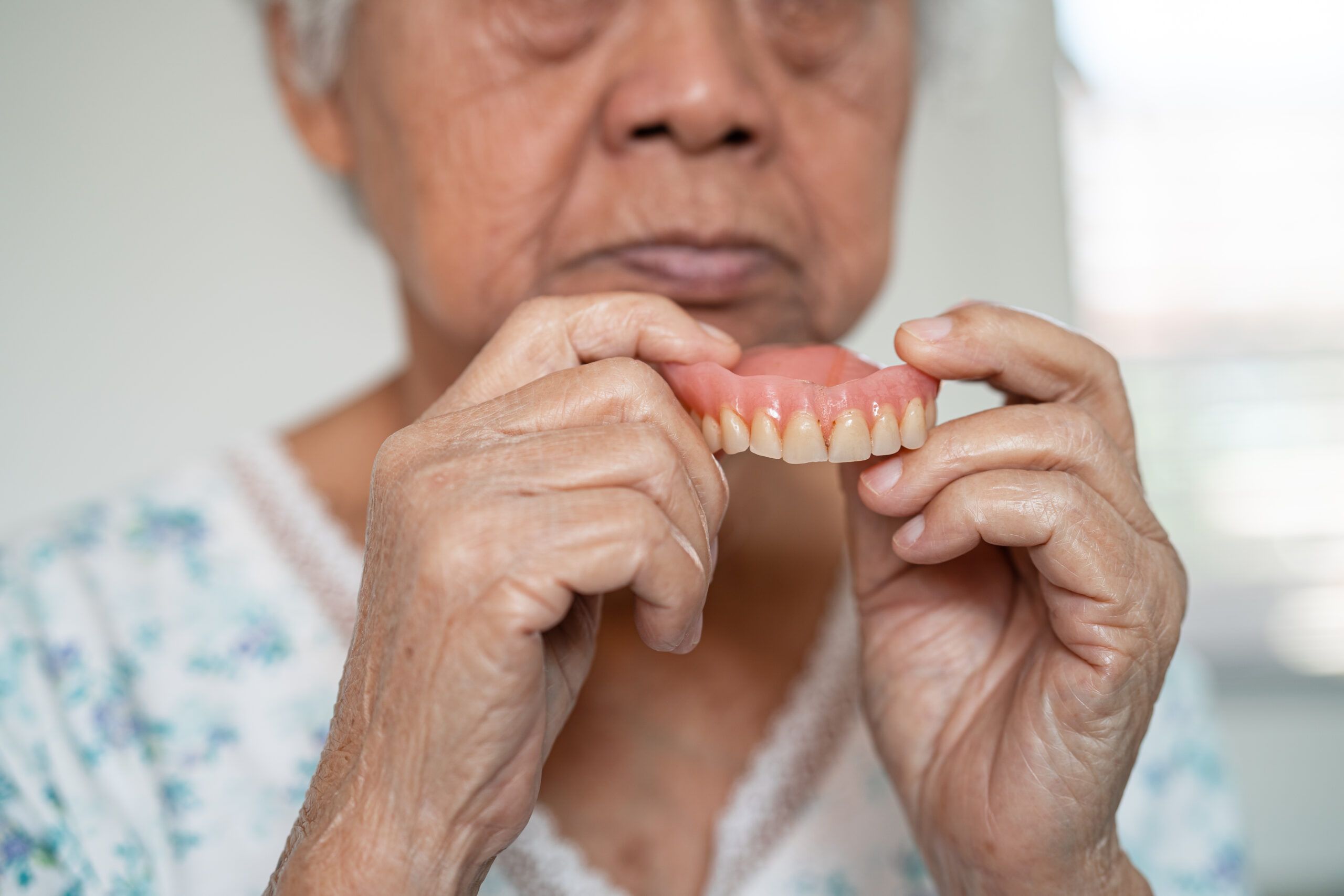Sealants
The most likely location for a cavity to develop in your child’s mouth is on the chewing surfaces of the back teeth. The deep and varied crevices in these teeth make it easy for food particles to hide, and it can be difficult to keep these teeth clean, even with regular brushing. Your child’s dentist might recommend sealants to prevent cavities and prevent the need for more extensive dental treatments in the future.
Sealants are invisible plastic resin coatings that are painted on the chewing surfaces of back teeth. Sealants smooth out teeth, making them easier to brush, as well as create a protective barrier, so food and bacteria cannot penetrate the tooth.
Because tooth enamel does not contain any nerves, placing a sealant is painless and does not routinely require anesthetic. First, the tooth or teeth to be sealed are examined, and if any minimal decay is found, it will be gently removed. After the tooth is cleaned and dried, an acidic gel will be placed on the tooth or teeth to prepare the tooth for the sealant. After a few seconds, the gel will be rinsed off, and the sealant will be applied onto the grooves of the tooth. A special blue light is used to harden the sealant.
Sealants can last up to ten years and require minimal care. Brushing and flossing regularly will keep them clean. Sealants can occasionally become loose, but they can easily be reapplied during a dental appointment.
Sealants can reduce tooth decay by up to 70%, and are a great way to prevent the need for expensive restorative treatment later in life.
More Categories
Other Articles You May Be Interested In









